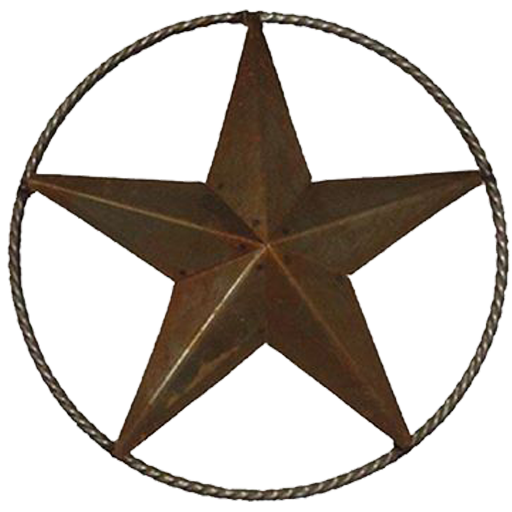Cleaning All Types of Siding
All types of siding benefit from an annual cleaning to remove grit, grime, and mildew. Cleaning an average-sized house may take you and a friend every bit of a weekend. Heres how to do it:
1. Start with a bucket of warm, soapy water. Mix 1/2 cup trisodium phosphate (TSP, available at grocery stores, hardware stores, and home improvement centers) with 1 gallon of water.
2. Divide your siding into 10-foot sections. Scrub each section using a soft-bristled brush attached to a long handle. Work from bottom to top to avoid streaking, and rinse often. (For two-story homes, youll be using a ladder, so keep safety foremost.)
Whats a Professional Cleaning Cost?
If you dont have the time — or the inclination — you can have your house professionally cleaned for 300-500. A professional team will use a power washer and take less than a day.
You can rent a power washer to do the job yourself for about 75/day, but beware if you dont have experience with the tool. Power washers can strip paint, gouge softwoods, loosen caulk, and eat through mortar. Also, the tool can force water under horizontal lap joints, resulting in moisture accumulating behind the siding.
A siding professional has the expertise to prevent water penetration at joints, seams around windows and doors, and electrical fixtures.
Inspecting Siding for Damage
All siding: Siding is vulnerable to water infiltration where it butts against windows, doors, and corner moldings. Look for caulk that has cracked due to age or has pulled away from adjacent surfaces, leaving gaps. Reapply a color-matched exterior caulk during dry days with temperatures in excess of 65 degrees for maximum adhesion.
Wood siding: Check for chipped or peeling paint, and cracked boards and trim.
Stucco: Be on the lookout for cracks and chips.
Brick: Look for crumbling mortar joints.
Youll want to repair any defects before cleaning. The sooner you make repairs, the better you protect your house from moisture infiltration that can lead to dry rot and mold forming inside your walls.
Repairing Wood, Vinyl, and Fiber-Cement Siding
Repairs to wood, vinyl, and fiber-cement siding require the expertise to remove the damaged siding while leaving surrounding siding intact. Unless you have the skills, hire a professional carpenter or siding contractor. Expect to pay 200-300 to replace one or two damaged siding panels or pieces of wood clapboard.
Repairing Brick and Mortar
Crumbling and loose mortar should be removed with a cold chisel and repaired with fresh mortar — a process called repointing. An experienced do-it-yourselfer can repoint mortar joints between bricks, but the process is time-consuming. Depending on the size of the mortar joints (thinner joints are more difficult), a masonry professional will repoint brick siding for 5-20/sq. ft.
Efflorescence — the powdery white residue that sometimes appears on brick and stone surfaces — is the result of soluble salts in the masonry or grout being leached out by moisture, probably indicating the masonry and grout was never sealed correctly.
Remove efflorescence by scrubbing it with water and white vinegar mixed in a 50/50 solution and a stiff bristle brush. As soon as the surface is clear and dry, seal it with a quality masonry sealer to prevent further leaching.
Persistent efflorescence may indicate a moisture problem behind the masonry. Consult a professional building or masonry contractor.
Repairing Stucco
Seal cracks and small holes with color-matched exterior acrylic caulk. Try pressing sand into the surface of wet caulk to match the texture of the surrounding stucco. Paint the repair to match.
To repair larger holes and cracks, you may want to call in a pro whos familiar with stucco work. A professional charges 200-1,000 for a repair job, depending on the size of the damage. Repainting the patch to match your siding will be up to you.
Removing Mildew
Stubborn, black spotty stains are probably mildew. Dab the area with a little diluted bleach — if the black disappears, its mildew. Clean the area with a solution of one part bleach to four parts water. Wear eye protection and protect plants from splashes. Rinse thoroughly with clean water.
John Riha has written seven books on home improvement and hundreds of articles on home-related topics. Hes been a residential builder, the editorial director of the Black & Decker Home Improvement Library, and the executive editor of Better Homes and Gardens magazine. This article appeared at HAR.com at: https://www.har.com/blog_93679_how-to-clean-and-care-for-your-homes-siding





